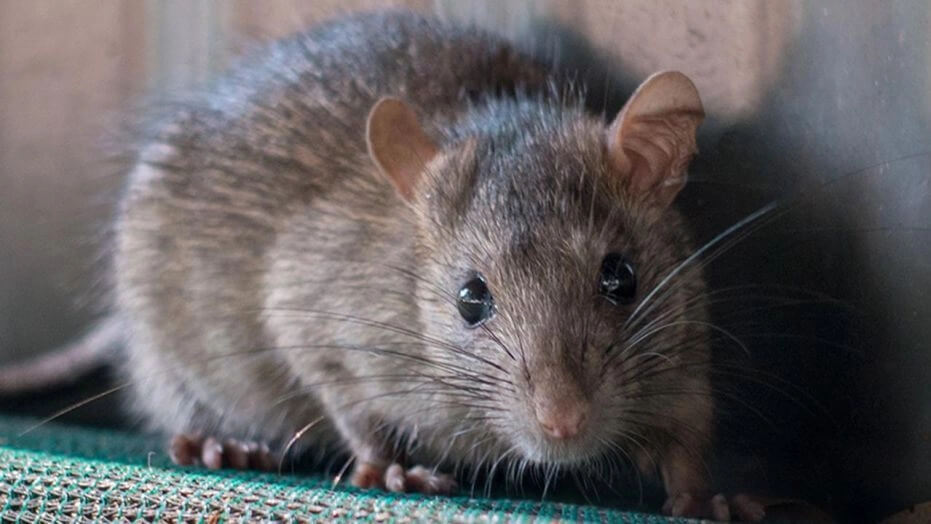The Difference Between Mice and Rats
You just saw a small, hairy rodent scurry across the kitchen floor – was it a rat or mouse? These two common home invaders present various health and home hazards. With short lifespans and incredibly high breeding numbers, infestations often spiral out of control quickly. Rats and mice are different in many ways and each species demands specific extermination techniques. While they both are dirty, disease carrying and property damaging pests, certain characteristics distinguish the two.
Mice
Mice are the smaller rodent, averaging between 12-20 centimeters in length and weighing much less than rats. While mice eat just about anything (as do rats), they prefer grains or cereals and plants. Fast moving and curious, mice tend to travel about the house and investigate anything they come across as they search for food. Mice build nests out of any soft materials they can find.
Quick Facts
- Fur is white, brown or grey colored.
- Snout is triangular with long whiskers.
- Tails are long, thin and hairy.
- Small head and feet, rounded ears.
- Average lifespan is nine to 12 months — a female mouse can produce up to 10 litters of five to six offspring in her lifetime.
- Signs of a mouse infestation include: droppings, tracks, and gnawing marks on food containers, wires or furniture.
Rats
The larger house rodent, rats can reach up to 40 centimeters and are quite hefty. Rats are omnivorous and will eat just about anything, but they prefer meats and other foods with higher moisture content. Water is essential for rats and they must drink it daily, meaning that moisture is a major attractant for these rodents. The two most common rat species that homeowners find are the Norway rat and the roof rat — roof rats tend to climb and nest in walls while Norway rats burrow under foundations and nest in lower levels of the house. Rats are much more cautious than mice which makes trapping and controlling them more difficult.
Quick Facts
- Fur is white, grey, brown or black colored.
- Snout is blunter than that of a mouse.
- Tails are long and hairless.
- Feet and ears are much larger than those of a mouse.
- Larger head and heavier, thicker bodies.
- Average lifespan is 12-18 months — a single rat can produce up to 2,000 descendants in this time span.
- Signs of a rat infestation include: droppings, tracks, grease marks on walls and gnawing marks on food containers, wires or furniture.
The Dangers of Rodents in the Home
Rodents are one of the worst pest problems a homeowner can face. Rats and mice are dumpster-diving, disease-carrying creatures that pose serious health threats. From hantavirus to Salmonella, the germs that rodents spread can lead to severe illness that may require hospitalization. These germs can be passed through both direct and indirect contact — meaning you don’t have to be bitten by a rodent to get sick, just their presence alone is enough to spread disease. As mice and rats scurry through your home, the germs clinging to their dirty fur are left behind on the floor, counters, cabinets and walls.
Besides major health threats, rodents can also cause property damage thanks to their strong, constantly gnawing teeth. Rodents will chew through walls, insulation, flooring and more to gain entry into your home. Once they have made themselves comfortable, they will also chew on furniture and wires just to keep their incisors sharp. Mice like to build their nests with soft materials and will tear apart carpet, cardboard and more to do so.
Don’t let pesky rodents ruin the comfortable enjoyment of your home! A furry rodent is the last thing anyone wants to see scurrying across their kitchen floor. Before you start laying out the traps, give a call to a local pest control company like Saela. Due to the various threats that rates and mice present, rodent control is always best left to professionals.
